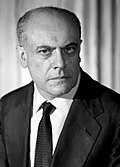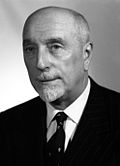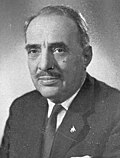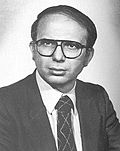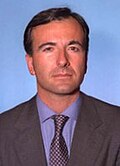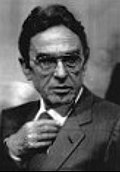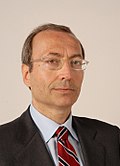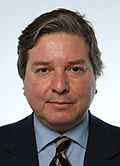This article needs additional citations for verification .(January 2023) |
| Minister for Public Administration | |
|---|---|
| Ministro per la Pubblica Amministrazione | |
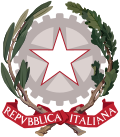 | |
| Department of Public Function | |
| Member of | Council of Ministers |
| Seat | Rome |
| Appointer | The president of Italy |
| Term length | No fixed term |
| Formation | January 27, 1950 |
| First holder | Raffaele Pio Petrilli |
| Website | www |
The minister of public administration (Italian: ministro per la pubblica amministrazione) in Italy is one of the positions [1] in the Italian government.
Contents
The current minister for public administration is Paolo Zangrillo, of Forza Italia, who held the office since 22 October 2022 in the government of Giorgia Meloni.







